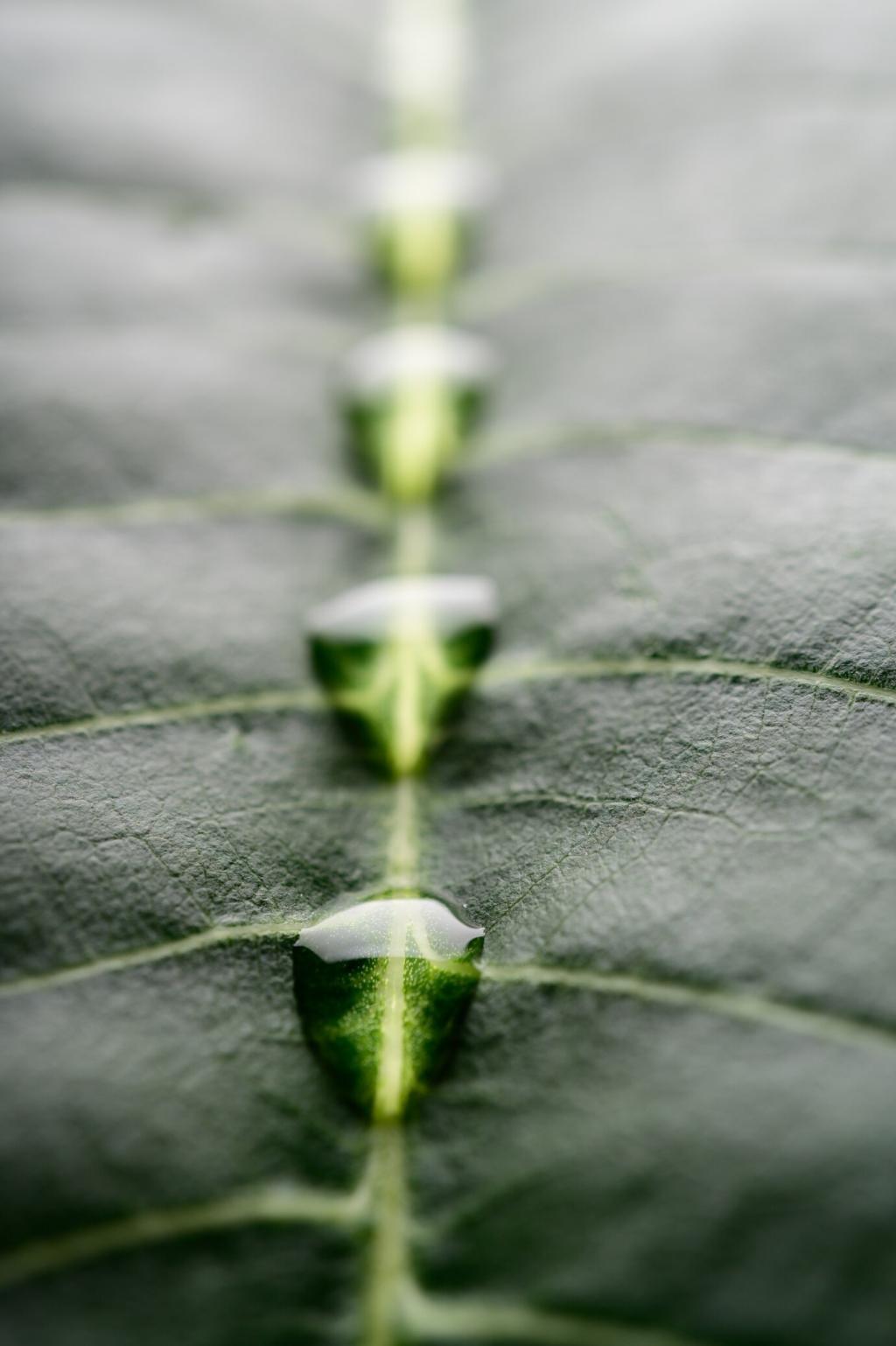Natural and Non-Toxic Finishes for Green Interiors
Chosen theme: Natural and Non-Toxic Finishes for Green Interiors. Welcome to a healthier way of designing your space—where clean chemistry, timeless craft, and everyday comfort meet. Explore breathable paints, plant-based oils, and mineral plasters that protect your home and your lungs. Join the conversation, ask questions, and subscribe for fresh, practical inspiration.
Why Non-Toxic Matters for Your Home and Health
Understanding VOCs and Off-Gassing
Volatile organic compounds evaporate from conventional paints, sealers, and adhesives long after installation, affecting indoor air quality and comfort. Natural and non-toxic finishes minimize these emissions, cutting the chemical fog you cannot see. A cleaner material palette invites easier breathing, clearer minds, and fewer headaches over the long term.
A Real-Life Nursery Makeover
When Maya repainted her nursery with casein paint and sealed the baseboards using a plant oil blend, nighttime coughing eased noticeably within a week. The room smelled faintly earthy, not chemical. Their story echoes many readers who swap harsh coatings for mineral or bio-based alternatives and notice calmer, more restful evenings.
Labels and Certifications You Can Trust
Look for Greenguard Gold, Declare, and Cradle to Cradle certifications, plus full ingredient disclosures and third-party VOC test data. Check the Safety Data Sheet for glycols, isocyanates, and formaldehyde donors. Use these references as conversation starters with brands, and tell us which labels you rely on most.
Walls That Breathe: Limewash, Clay Plaster, and Casein Paint
Limewash bonds chemically to mineral substrates and allows moisture vapor to pass, lowering the risk of trapped humidity. Its soft, cloudlike movement flatters natural light and forgives minor imperfections. Apply in thin, watery layers with a masonry brush, then welcome the gentle, evolving character as it carbonates over time.

Choosing the Right Plant Oil
Tung oil hardens reliably, linseed oil offers warmth when properly polymerized, and hemp oil gives a mellow glow for low-wear pieces. Test on offcuts to understand darkening and grain pop. Thin coats, wiped fully, cure more completely and resist tackiness, giving a long-lasting, non-toxic protective foundation.
Beeswax and Carnauba for a Satin Sheen
Natural waxes add a soft, repairable luster without heavy solvent odor. Beeswax nourishes; carnauba boosts hardness and scuff resistance. Burnish lightly after curing for a subtle glow that complements open-grain woods. Share your buffing tips and favorite cloths so readers can compare application routines and shine levels.
Shellac, Soap, and Gentle Maintenance
Dewaxed shellac is a fast-drying, food-safe sealer that blocks minor odors while remaining low in toxicity. Soap finishes create a velvety feel on light woods, ideal for Scandinavian-inspired spaces. Clean with pH-neutral products, refresh sparingly, and celebrate patina as part of a beautiful, honest material story.



Safe Adhesives, Grouts, and Sealants
01
Formaldehyde-Free and Low-Emission Adhesives
Seek adhesives with zero added formaldehyde and transparent VOC data. Soy-based wood glues and silane-modified options can provide strong bonds with fewer irritants. Verify cure chemistry, not just application odor. Ask manufacturers for emissions testing, and share their responses to help the community make informed decisions.
02
Mineral Grouts and Breathable Sealers
Lime and hydraulic-based grouts pair well with natural stone and clay tiles, supporting moisture movement and reducing harsh chemicals. Seal selectively using silicate or breathable protectants that resist stains without trapping vapor. Tell us which stones you love, and we will suggest compatible, non-toxic finishing strategies.
03
Caulks With Clean Chemistry
Choose low-VOC, isocyanate-free sealants in kitchens and baths. Silicone can be appropriate where exposure is brief and cure is fully complete, but plant-based or silicate systems may suit adjacent finish layers better. Share your joint details and humidity conditions to match performance with clean, durable chemistry.
Color and Mood With Earth Pigments and Texture
Earth Pigments for Honest Hues
Oxide reds, yellow ochre, and raw umber produce grounded palettes that feel timeless rather than trendy. In lime or casein binders, these pigments diffuse light gently. Make sample cards, observe across the day, and share your favorites so we can compile a community-tested palette library for gentle interiors.
Texture as a Design Element
From feathered limewash to troweled clay, texture softens acoustics and adds depth without synthetic sheen. Layer thinly, allowing surfaces to breathe. Highlight key walls rather than entire rooms for budget-friendly impact. Post photos of your test patches, and we will offer feedback on direction and tool choice.
Light, Sheen, and Serenity
Matte, breathable surfaces reduce glare and visual fatigue, especially in work-from-home spaces. Pair north-facing rooms with warmer earth tones, and keep sheens low to maintain calm. If you are torn between finishes, describe your light conditions below and we will recommend a harmony of color and texture.

Planning, Budget, and DIY Safety for Green Interiors
Stage work by room, leaving escape routes and drying time between coats. Favor thin applications, steady airflow, and dust control over rushed layers. Respect cure windows before heavy use. Share your schedule hurdles so the community can suggest workarounds that keep projects moving without compromising indoor air quality.

